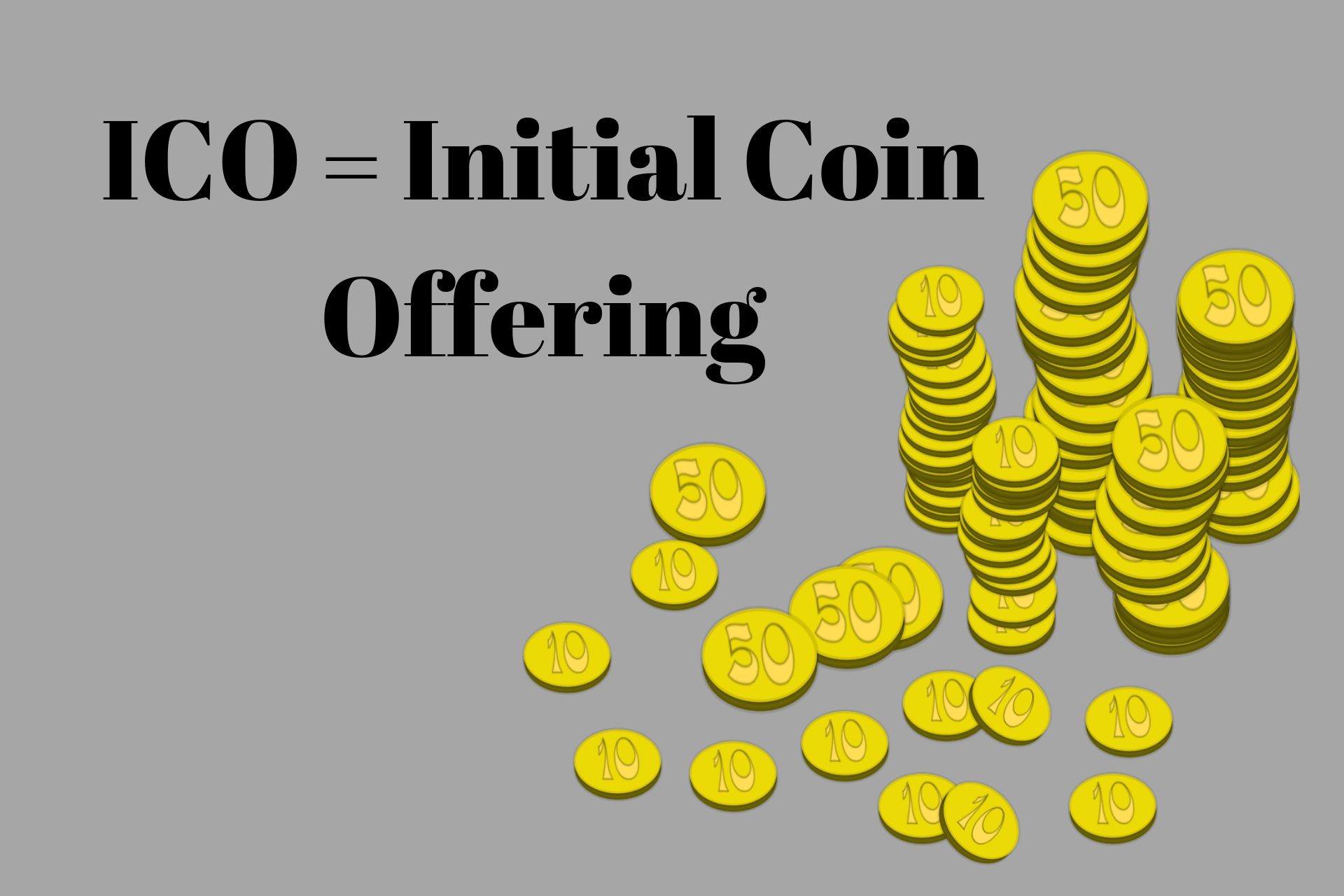What is An ICO And How Does It Work?

ICO which is an acronym for Initial Coin Offering means of carrying out a crowdfund for blockchain projects. It can also be referred to as token sale.
It is used by firms to raise money for their projects and it is done by offering the investors a token or a virtual currency in exchange for fiat money or major digital assets like Ether (ETH) and Bitcoin (BTC).
It is similar to an IPO from the world of mainstream investment and serves as fundraisers of some sorts. Any company which is hoping to launch a new coin, app, or service can launch creates an ICO.
These fundraising campaigns are mostly carried out by ICO managers who then offer tokens to individual investors.
What are Tokens?
During an ICO, some coins which are equivalent to shares bought during an IPO are offered to investors. These are generally known as cryptocurrencies or Tokens.
After money has been raised through the sales of tokens during an ICO, the firm will then list their coin or token on larger platforms like a digital asset exchange.
According to a recent Data compiled by ICOData, only about $90.2 million was generated from 29 ICO campaigns in 2016, while in 2017, they were able to generate more than $6.2 billion through 875 different ICOs.
ICOs Possess Several Features Which Include:
- The ability to take part in a project, an economy, or a Decentralised Autonomous Organisation (DAO).
- Coin ICOs are usually used in the sale of an economy, whereas token ICOs are used to sell a right of ownership or royalties to a project or DAO.
- An investor who owns tokens does not outrightly have the right to make a decision on the way in which a project or DAO will be executed. Although, according to the ICO framework, the investor will be able to decide how long the project will be in existence.
- Most ICOs are usually created by using a specific number of coins or tokens before the sale.
- The prices of ICOs are often created by the founders of the project, DAO, or economy.
- ICOs might have several rounds of fundraising offering coins or tokens, appreciating in terms of value until the release date, and with early investors getting higher profits which will be added to their tokens as an incentive.
- ICOs comes to an end as soon as the tokens or coins are mature enough to be traded in the open market.
Some similarities and differences between ICOs and IPOs are:
• For an IPO, the quantity of shares bought, determines the investor’s right of ownership of the firm, while an ICO might only allow the investor the rights to a specific project and not the company launching it.
• The process of decision making in IPO companies are determined by the CEO and the board which carry out the daily activities in the startups, but decision making in ICO companies or projects is decentralised therefore giving the investor the right to take part in it.
• The release of financial data is dependent on the rules of the firm which carried out the IPO, while for ICOs, it will either be public according to the blockchain or according to how it is stated within the white paper and agreement with the investors.
•The payment of taxes is compulsory for companies established via an IPO, the investors are also required to pay capital gains tax, but that is not the case for companies launched using ICOs as it is not compulsory that they pay any direct tax, however, the investors are to pay capital gains tax.
• An IPO only take place once and it has several intermediaries involved in the process of determining the conditions, pricing, and so on, while ICOs can conduct several bouts of fundraising and it involves only a few if any intermediaries, the blueprint, and the white paper.
• IPOs only list stock exchanges and companies which are heavily regulated whilst for ICOs, the reverse is the case.
ICO has made it possible for anyone with a valid innovation or project to seek funding from the general public easily. Although still largely unregulated and full of scam, the idea is one of the best things have happened to crowdfund.
